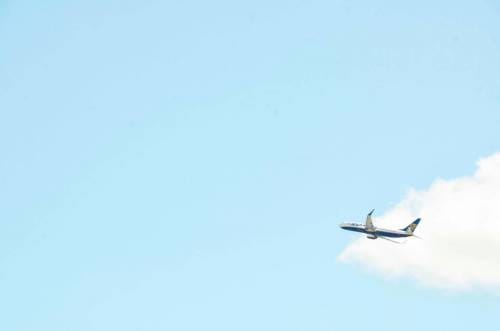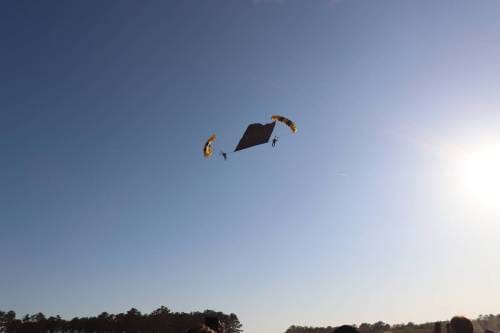Recently, the explorers aboard the Monaco ship, Yersin, left Macaronesia where researchers had been working since the end of August to embark on an Atlantic crossing towards Martinique.
The Yersin, the oceanographic ship of the Principality of Monaco arrived on October 24 2017, in the port of Fort-de-France. This boat is named after Alexander Yersin (1863-1943), a Swiss bacteriologist who discovered the bacillus of the plague. This doctor was also a philanthropist explorer, doctor and cartographer.
The study site of Martinique and the research programs undertaken by the Yersin are selected by a Scientific Orientation Committee (COS) made up of ten internationally renowned experts and headed by Patrick Rampal, president of the Monaco Scientific Centre. “The good health of the oceans is necessary for our survival.”

On board the Yersin are 8 scientists from all over the world. These 8 scientists will study with attention a particular alga: Sargassum of the North Atlantic.
On October 25th morning, these scientists collected Sargassum samples which will be studied carefully.
Transported by the equatorial north current, Sargassum crosses the Atlantic to accumulate on the shores of the islands of the West Indies and even as far as Mexico. This phenomenon has been observed since 2011. These brown algae accumulate on the beaches of Martinique, in particular, and are a scourge for the economy, both by attacking the local biodiversity, but also by attacking the beaches that become covered and thus repel tourists. Researchers from the Monaco Explorations team will seek to analyse the distribution of the different forms of Sargassum and to understand their ecological role and their functioning.

Sargassum is a brown seaweed that grows to several meters and can float in the open ocean, playing host to myriad marine lifeforms who depend on the seaweed for their existence. The Sargasso Sea is a massive collection of sargassum in the open Atlantic Ocean hemmed in by the North Atlantic Gyre. The region plays a critical role in both eel and loggerhead migration patterns and life cycles. Christopher Columbus noted the presence of sargassum in the Sargasso Sea as he voyaged to the New World. Sargassum has been called the “floating rainforest of the ocean”.
While sargassum is creating a headache for many in the Caribbean today, it’s also important to remember the integral role it plays in marine ecology on the high seas in the Northern Atlantic. As the only sea without a land border, the Sargasso is unique to the whole of the Ocean.
The Yersin and the Monaco Scientific Centre are playing a critically important role in our understanding of how to balance protecting the ecosystem and simultaneously assist the people of the Caribbean to leverage the beauty of their islands for sustainable tourism.








